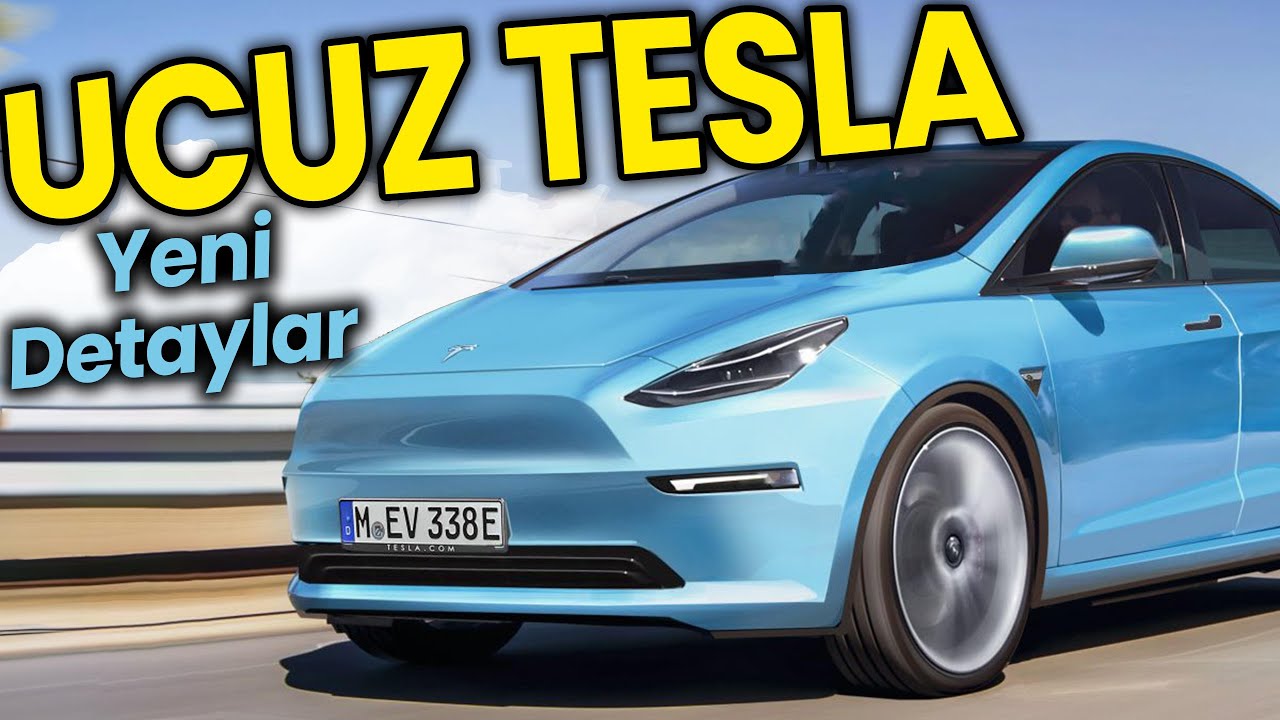Malaysia Vs Indonesia: How Did Malaysia Manage To Get Tesla?
Summary
TLDRThis transcript explores the fierce competition between Malaysia and Indonesia to attract Tesla's investment in electric vehicle (EV) manufacturing. It outlines Indonesia's historical shift from European to Japanese automotive dominance and its rich nickel reserves essential for EV batteries. Conversely, Malaysia's advanced semiconductor industry positions it as a strategic hub for Tesla's operations. The narrative advocates for collaboration over competition, suggesting that both countries can leverage their unique strengths to enhance Southeast Asia's role in the global EV market, similar to successful partnerships seen in the region.
Takeaways
- 🚗 Malaysia and Indonesia are in a competitive race for Tesla's investment in the EV industry, focusing on manufacturing dominance in Southeast Asia.
- 📈 Indonesia has a rich automotive history, shifting from European brands to Japanese automakers, which now dominate the local market.
- 🏭 By 2017, Japanese car brands accounted for 90% of total car sales in Indonesia, establishing it as a key player in the Asian automotive market.
- 🔋 Indonesia possesses the world's largest nickel reserves, a crucial component for EV batteries, positioning it as a strong contender for Tesla's production facility.
- 🌱 Indonesia aims to have 2.1 million electric motorcycles and 400,000 electric cars on the road by 2025, with 20% manufactured locally.
- 🇲🇾 Malaysia has recently attracted Tesla by offering a conducive environment for EV manufacturing, thanks to its semiconductor industry and existing automotive infrastructure.
- 🏢 Tesla plans to establish its head office and a supercharger network in Malaysia, leveraging the country's strengths in electronics and manufacturing.
- 🌍 Environmental sustainability concerns in Indonesia may hinder Tesla's investment, with reports of non-compliance in nickel mining practices.
- 🤝 Collaboration is emphasized over competition; both countries can leverage their unique strengths to advance the entire ASEAN region's automotive industry.
- 🌟 The success of regional cooperation is illustrated through Dyson's model, where different countries play to their respective strengths for mutual economic gain.
Q & A
What is the primary focus of the competition between Malaysia and Indonesia?
-The competition is centered around becoming the manufacturing hub for Tesla in Southeast Asia, particularly in the electric vehicle (EV) industry.
How did Toyota influence Indonesia's automotive industry?
-Toyota convinced the Indonesian government to adopt its vehicles over European brands by offering cars that were of equal quality but more affordable, leading to a shift in consumer preference.
What significant change did the Indonesian government implement in the 1970s?
-In the 1970s, the Indonesian government enacted laws to encourage domestic car production, which helped Japanese car companies expand their operations in the country.
What are the key components of Tesla's ecosystem?
-Tesla's ecosystem includes its extensive supercharging network, a strong supply chain, and partnerships with over 125 companies involved in its value chain, such as battery production and thermal management.
Why is Indonesia considered a strong contender for Tesla's investments?
-Indonesia has the world's largest nickel reserves, which are crucial for EV batteries, and the government has ambitious plans to boost local EV production significantly.
What advantages does Malaysia offer to Tesla?
-Malaysia has a competitive edge in the electrical and electronics industries, particularly in semiconductor production, making it a strategic location for Tesla’s headquarters and supply chain.
What recent announcement did Tesla make regarding its operations in Malaysia?
-In March 2023, Tesla announced plans to establish its headquarters and service centers in Malaysia, along with a supercharger network, reflecting the country’s strategic advantages.
What challenges does Indonesia face in attracting Tesla's investment?
-Indonesia faces challenges related to environmental sustainability and compliance with regulations, which have raised concerns about the sustainability of nickel mining operations.
How can collaboration between Malaysia and Indonesia benefit the EV industry?
-By leveraging each country's unique strengths, Malaysia and Indonesia can enhance their positions in the global EV market, fostering economic growth and technological advancements.
What example does the transcript provide to illustrate successful regional cooperation?
-The transcript cites Dyson as an example of effective regional cooperation, where Singapore and Malaysia collaborated by utilizing Singapore's R&D capabilities and Malaysia's manufacturing strength.
Outlines

هذا القسم متوفر فقط للمشتركين. يرجى الترقية للوصول إلى هذه الميزة.
قم بالترقية الآنMindmap

هذا القسم متوفر فقط للمشتركين. يرجى الترقية للوصول إلى هذه الميزة.
قم بالترقية الآنKeywords

هذا القسم متوفر فقط للمشتركين. يرجى الترقية للوصول إلى هذه الميزة.
قم بالترقية الآنHighlights

هذا القسم متوفر فقط للمشتركين. يرجى الترقية للوصول إلى هذه الميزة.
قم بالترقية الآنTranscripts

هذا القسم متوفر فقط للمشتركين. يرجى الترقية للوصول إلى هذه الميزة.
قم بالترقية الآنتصفح المزيد من مقاطع الفيديو ذات الصلة

HOW INDONESIA DESTROY TESLA'S PUSH AND PULL TACTIC

Jim Cramer talks Tesla's 'disappointing' robotaxi event

25 BİN DOLARLIK UCUZ TESLA'dan Yeni Detaylar | Elektrikli Porsche Macan Tanıtıldı! | Hızlı Şarj #58

Tesla SWOT analysis

How Tesla Is Opening Their Own Mining Operation!

Neues Tesla Model Y: Stockt jetzt Fortschritt der E-Mobilität?
5.0 / 5 (0 votes)
